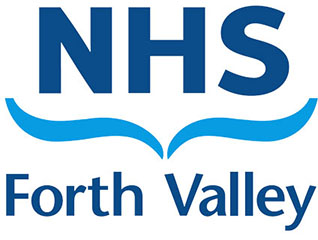There are several options available for pain relief during labour. This page outlines the main methods, their benefits, and considerations.
Transcutaneous Electrical Nerve Stimulation (TENS)
- TENS machines are now available for use in labour and can be borrowed from Ward 7.
- TENS is a non-invasive pain relief method. For detailed information, a separate page is available.
Equanox / Nitrous Oxide (Gas & Air)
- Self-administered through a mouthpiece.
- Provides a continuous flow and will not run out.
- Oxygen content has a beneficial effect on the baby.
- Short-lasting effect; needs to be inhaled deeply with each contraction.
- Can be used alongside other forms of analgesia.
Diamorphine
- Given by intramuscular injection into the leg or buttock.
- Can be repeated after 4 – 6 hours in labour.
- Takes 15 – 20 minutes to take effect; works by relaxing muscles, helping you cope with contractions.
- Given with an antiemetic as it can cause nausea.
- May make the baby sleepy or drowsy during labour and after birth.
Epidural
- Inserted by an anaesthetic doctor.
- Can provide total pain relief when working well.
- Requires you to stay in bed as legs become heavy.
- May make the baby sleepy or drowsy during labour and after birth.
- Can cause blood pressure to drop, so an IV infusion is required during labour.
- Blood pressure and baby are monitored more frequently.
- You control the amount of pain relief via a pump set with safe limits.
- Increased risk of needing Ventouse, Forceps, or Caesarean delivery due to reduced sensation when pushing.
- Must stay in hospital for 24 hours following delivery.
General Anaesthetic
- Used for emergency Caesarean Sections when there is no time to use spinal anaesthetic.
- Breathing and relaxation techniques are taught at physiotherapy classes and should be used alongside your chosen method of pain relief.
- For further information, see your Ready Steady Baby Book.


